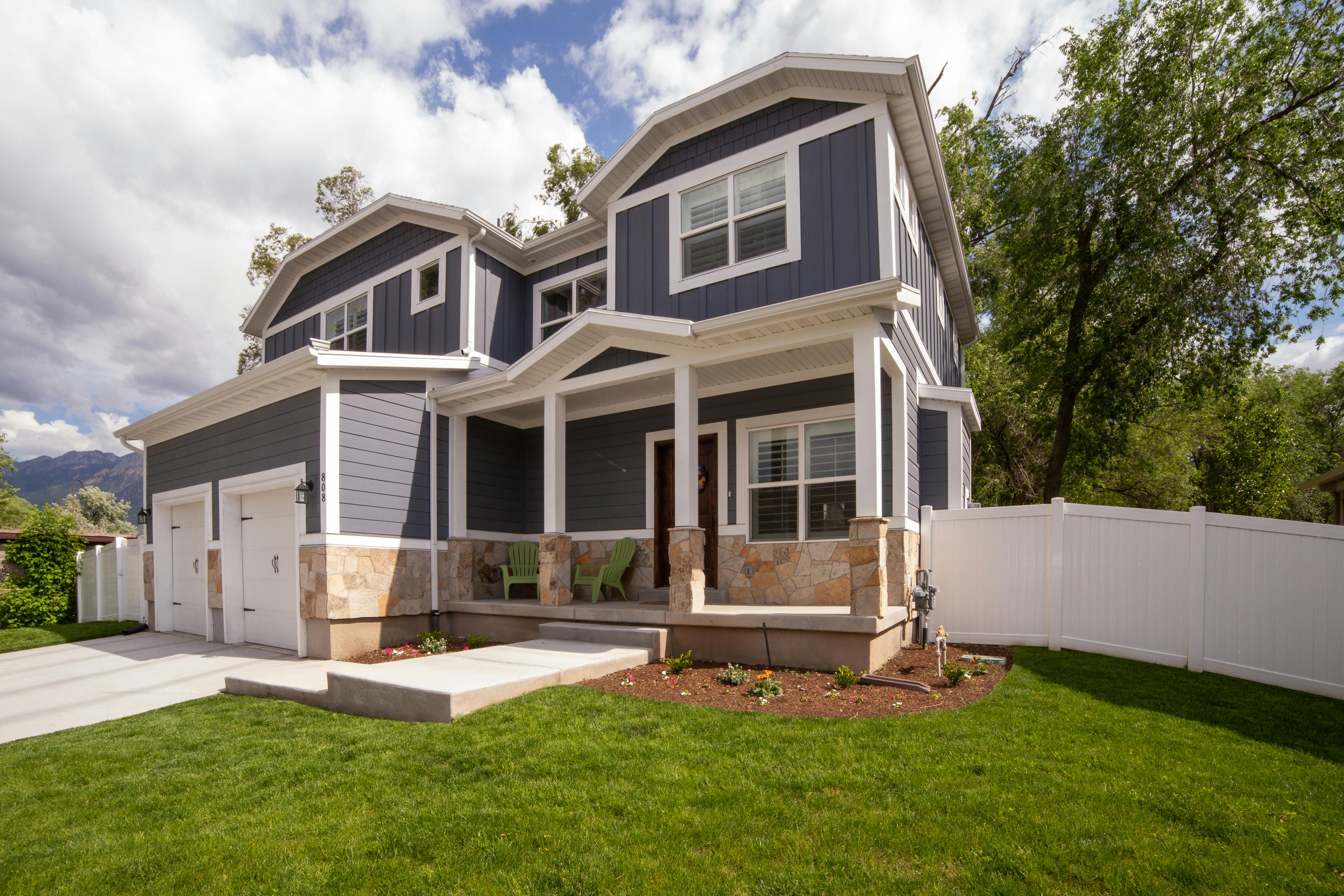Architectural styles of Santa Cruz
The architectural styles of Santa Cruz de California have become historical icons, which the area proudly preserves with great care. There have been many eras that have left an indelible mark on the buildings, homes and structures of the city. A bit of flavor from all ages remains an undeniable element of the city’s long and varied history.
Santa Cruz, CA was established largely for the sake of a Franciscan mission and a Spanish garrison. The mission was built in 1791 and the garrison was erected in 1793. The Franciscan Mission was relocated to the Mission Hill area where it still stands today due to flooding problems precipitated by the St. Lawrence River. The founders of the mission portrayed it in a baroque way as they were used to. It was built with the plaza as the central focus, forming almost a triplex around the plaza. The style foreshadows those seen in Mexico and Spain. The mission is basically an adobe construction with deep layers of wall inside. This simplistic design was adopted due to the use of Indian workers who lack extensive construction knowledge. Decorative bell towers and deep pillars surround the structure to this day.
Some of the first structures to be erected in Santa Cruz were built at home in a non-decorative rectangular shape. Wooden boards were used to clad these basic houses in the area. They were very popular in the pioneer days dating back to 1850. Sylvar Street still has a house from this time period that stands as an example of the architectural age.
From 1850 to 1890, houses and office buildings went through many transitions and the architectural styles of Santa Cruz evolved, celebrating different style periods such as: Greek Revival, Gothic Revival, Italianate, Stick, Eastlake, Romanesque, Queen Anne, Renaissance Colonial and Shingle. A Greek Renaissance house reflected an American taste in construction. Although the construction had large pillars like the Greek style and large porches, this style could be seen throughout the country during its time. The Gothic Revival showed churches and buildings with very sharp edges and interesting details much like Gothic structures in Europe. The Italian period boasted buildings that were large and had large windows and a covered porch around the front. This style was indicative of the Renaissance period in Italy. Both the Stick and Eastlake house styles had large windows and outdoor porches or decks.
Romanesque structures were quite popular for businesses. The miniature columns that are grouped together with the rock fronts are strong features of these buildings. The Queen Anne is a very beautiful Victorian looking structure. Homes in this style were designed with turrets on the side of the houses with decorative fireplaces and an overall ornate look. The Colonial Revival produced buildings and dwellings very much in common with American homes of the Revolutionary War era. There was a resurgence of American pride as they moved westward gaining more territory, and a tendency developed to emulate the past American style. The Shingle style, like its name, boasted of having houses with soft tiles to clad the exterior of the house rather than siding. These houses were still very large in appearance, but discreet in d’ecor on the outside, and all indicated the architectural styles of Santa Cruz.
For a house or structure to be of historical significance in the Santa Cruz area, it generally must be at least fifty years old. This is in line with the requirements of the National Registry, although it is not implicitly stated in the California state registry. However, there are exceptions and if it is about births of historical figures, important historical events, religious constructions or cemeteries, sometimes the building can be considered historical if it has not yet approached fifty years of age.
